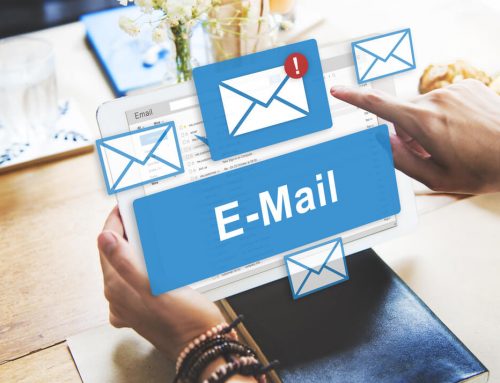Email deliverability is the ability of an email message to get into the recipient’s email inbox. It’s also related to inbox placement – whether an email appears in the primary inbox, promotional box, or spam folder. You’ve worked hard creating compelling copy and stellar graphics for your email campaign. But what good is it if your audience never sees your email? That’s why email deliverability is so important. There’s a lot to know about email deliverability. We cover some of the basics below and the players involved in the process.
Email Service Providers (ESPs,) Internet Service Providers (ISPs), Email Clients and Email Providers
An Email Service Provider (ESP) is a platform that transmits your email marketing messages. Examples include Campaign Monitor, Mail Chimp, Constant Contact, and email agencies that provide transmission services.
An Internet service provider or ISP is a company that provides people, and businesses access to the Internet. Examples include companies like Verizon or Spectrum. ISPs are part of a sizeable policing force that monitors the web for spam, and they have the authority to block emails sent by ESPs.
An email client is an application used to read and send emails. Examples of popular email clients include Microsoft Outlook, Mozilla Thunderbird, macOS Mail, and web-based email clients like Gmail, Yahoo! Mail, and Outlook.com. An email provider is a hosting service — Gmail, Outlook, Yahoo, etc.
Let’s look at an example of the route an email takes on its journey from sender to receiver. A small business sends out its email campaigns through an ESP like Constant Contact, which transmits its messages through an ISP like Verizon. Verizon, in turn, either allows the transmission to proceed to an email provider like Gmail or blocks it. If it passes through to Gmail, Gmail uses its own rules that determine where the marketing message goes in the inbox. The intended email recipient then uses their Apple mail app on their iPhone to access the small business’s email that is now located in their Gmail account. In this case, the Apple mail app is the email client, and Gmail is the email provider.
Deliverability Rates
A deliverability rate is the percentage of emails sent that were delivered. For instance, that small business’s last email campaign mentioned above received a 98% deliverability rate. That means 98% of the email messages sent were delivered. So let’s say you transmit 1000 emails with a 98% deliverability rate. Nine hundred eighty emails were delivered, and 20 emails were not. The 20 emails that were not delivered are referred to as bounces.
Bounces
An email bounce is an email message that gets rejected by a mail server and was not delivered. There are hard bounces and soft bounces. A hard bounce is an email sent to an invalid or non-existent address. You should permanently remove hard bounces and add them to your suppression file. A soft bounce indicates that the email address was valid and the email message reached the recipient’s mail server but didn’t make it to the inbox. There are several reasons this could have happened, such as a mailbox full notice, vacation notice, blocked notice, or file too large notice. Soft bounces can be re-attempted a few times, but you should remove them from your list if not resolved. You don’t need to add them to your suppression file, however.
So, of the 980 that were delivered, where did those emails go? Most will go into the inbox, but some will go into a spam or promotional folder. Hopefully, none will go into a spam trap.
Spam Traps
A spam trap is an abandoned email address (recycled) that’s been reclaimed by an ISP or a new email address (pristine) created by the ISP solely as a spam trap. Spam traps have a significant negative impact on your sender reputation. If you hit a pristine spam trap, your domain name or IP address could be blacklisted. Once an IP or domain is blacklisted, emails originating from it will end up in the spam folder rather than in the recipient’s inbox. To remove yourself from the blacklist, you will have to go through the blacklist’s removal process. Emailing recycled spam traps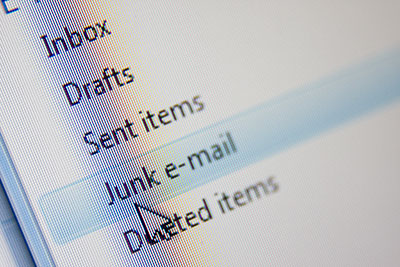
So let’s say you didn’t go into a spam trap. What about your delivered emails? Well, there is no way of knowing whether your email made it into the primary inbox, the promotional folder, or the recipient’s spam folder. But if your engagement rates are low, it can indicate that your email is going to the spam or promotional folder. Let’s discuss reputation.
Sender Reputation
An email sender reputation is a score that an ISP assigns to an organization that sends email. If your email messages generate a lot of spam complaints, your sending reputation will go down, and it will become more challenging to get to the inbox. It’s based on factors such as the content quality, contact quality, and engagement levels of previous emails sent from your IP address and your domain name. An IP address is a numerical label such as 192.0.2.1 that identifies your device on the Internet, and a domain name is the unique name of your website, such as your homepage URL. The IP reputation is often the reputation of your ESP’s server, but the domain reputation is solely your responsibility. It is better to have a dedicated IP address and not a shared IP address, where the problems that others have on the shared IP Address attach to you and can hurt your reputation.
What are some ways to improve and maintain strong email deliverability?
- Hygiene your list regularly and remove contacts that don’t engage
- Make sure your content is relevant to your audience
- Avoid spam words and misspellings that will trigger spam filters
- Don’t bombard your subscribers with emails – maintain a schedule that is non-invasive and consistent
Don’t use clickbait-type subject lines that have nothing to do with the message in the body of the email
- Monitor your sender score and clear up any issues pertaining to your reputation
- Use a dedicated IP address
- Maintain low bounce rates
We’ve covered some of the basics of email deliverability but there’s so much more to know. When you practice good email hygiene, monitor your sender reputation, and send relevant content to an engaged audience, you can achieve excellent email results that will increase your ROI. If you need help optimizing the power of email, call our email marketing specialists at 855.867.3224, or fill out a contact us form and start devising a plan today.
© Reach Marketing LLC 2022 All Rights Reserved.

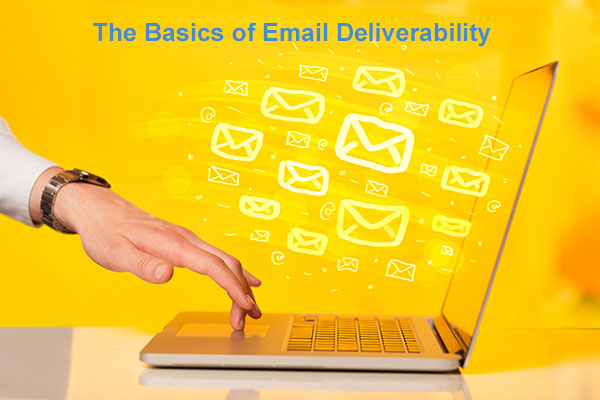

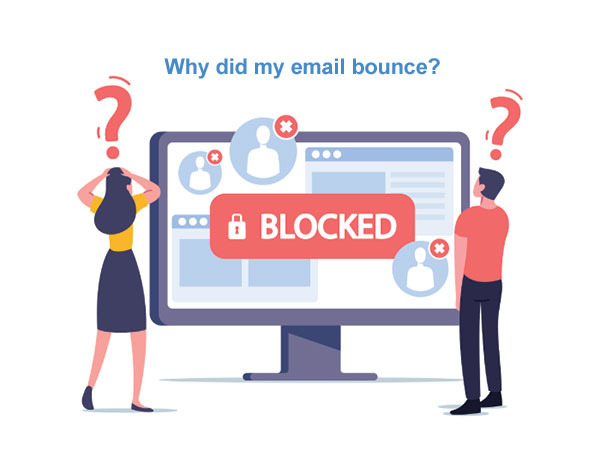
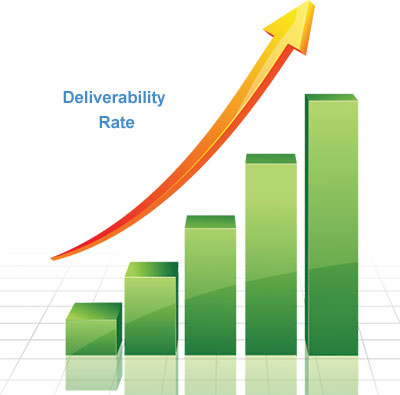 Don’t use clickbait-type subject lines that have nothing to do with the message in the body of the email
Don’t use clickbait-type subject lines that have nothing to do with the message in the body of the email

